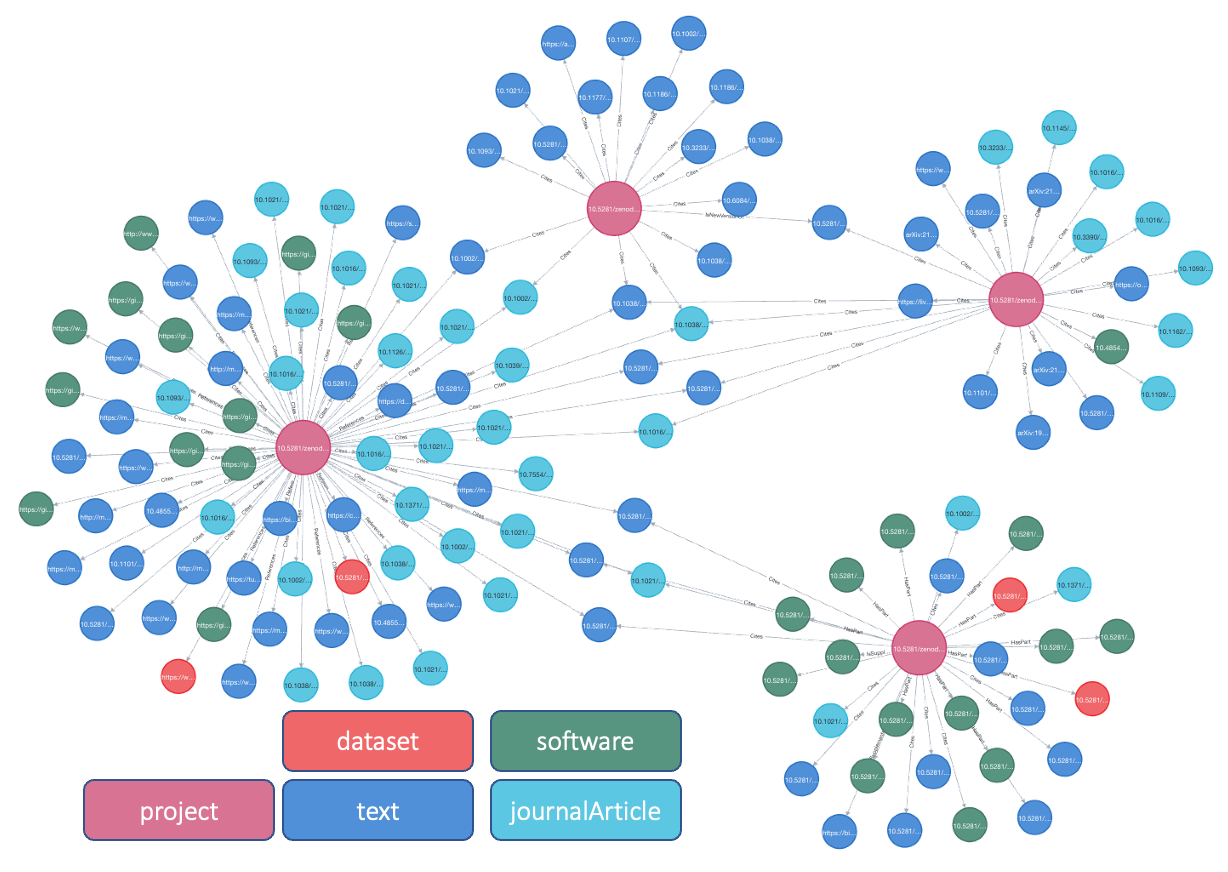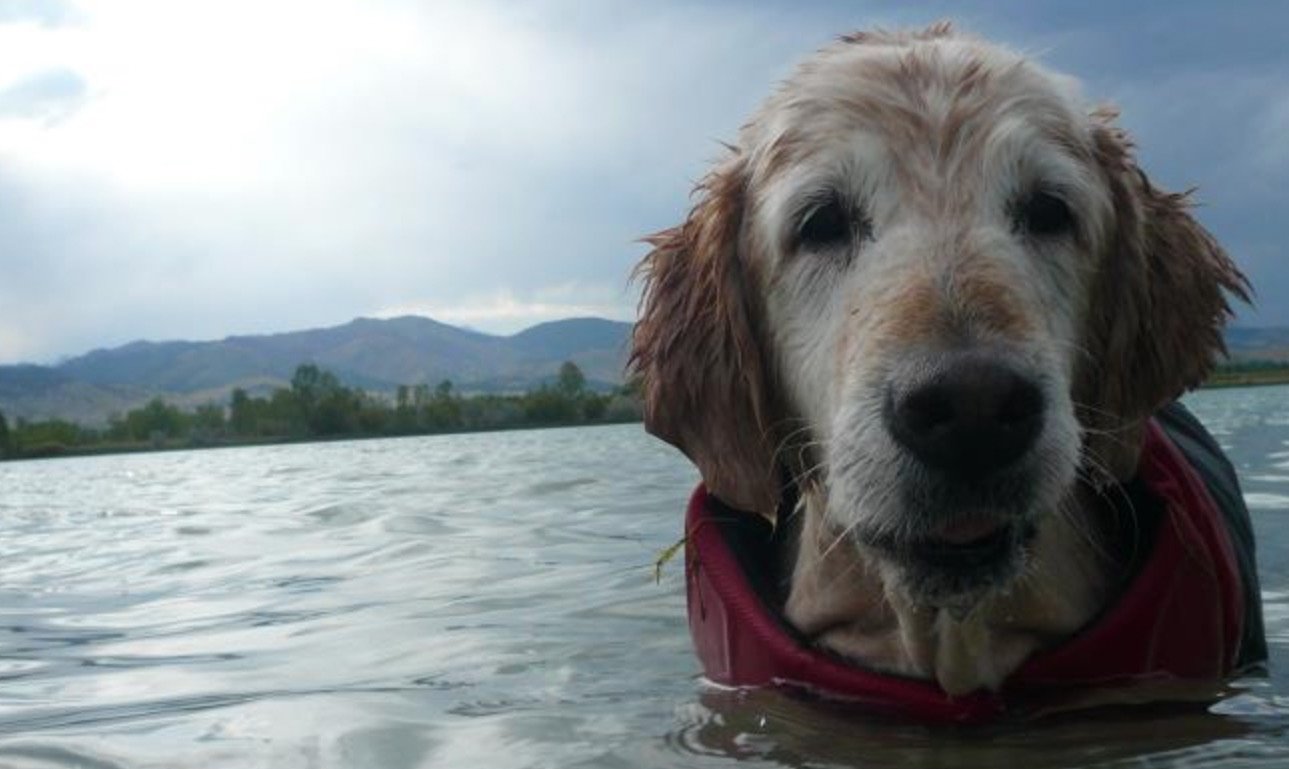
The presentation given at the AGU fall meeting by Ted Habermann focused on how repository re-curation could help repositories of all kinds respond to the guidance in the OSTP Public Access Memo published during August 2022.

The presentation given at the AGU fall meeting by Ted Habermann focused on how repository re-curation could help repositories of all kinds respond to the guidance in the OSTP Public Access Memo published during August 2022.

How can the global research infrastructure increase understanding of the myriad contributions made to global knowledge by U.S. Federal agencies? How can we use this infrastructure to increase understanding of connections across the U.S. and global research landscape? How can this infrastructure be used to increase completeness, consistency, and connectivity within agency repositories and search tools?

DataCite includes many types of resources and the distribution of those has evolved considerably over the last twenty years. During 2023, 75% of the new resources are physicalObjects.

ORCIDs for UCAR employees include many more works than other kinds of items and publishers and PID infrastructure providers provide most of the data.

DataCite metadata with the term Project in the resourceType occur in at least ten repositories, with the majority in the Center for Open Science (cos.osf) and Zenodo (cern.zenodo). Samples of these metadata were examined to determine how projects are represented in DataCite. While single repositories show consistent patterns, no clear overall pattern emerged.

The FAIR Island Project has recently been exploring how the global research infrastructure can be used to connect all kinds of research resources related to scientifically significant places back to the place that enabled the work (i.e. the field station). We recently explored connecting data management plans, protocols, and datasets to projects at field stations in French Polynesia.

A recent talk introduces the concept of repository re-curation as a means of improving connectivity with identifiers while complying with the Nelson Memo. Examples from three types of research organizations are described: Dryad, a generalist repository, institutional repositories, and biologic field stations. Slides and a video of the talk are included.

The Dryad data publishing platform and community have provided secure storage, curation, discovery and access for datasets associated with published scientific papers since 2008 and now holds nearly 50,000 datasets. The platform is supported by an active community of researchers, research organizations, and scientific journals that submit data and support infrastructure development and sustenance.

Nearly 900 RORs created during the last several years have been dropped from the ROR database and no longer resolve. These missing RORs have been identified. What should be done with them?

The ROR web interface and API work well if you have a small number of affiliation strings that need identifiers, but what if you have several hundred organization names or thousands of affiliation strings? Try RORRetriever if you have a big ROR search and don’t know where to start!